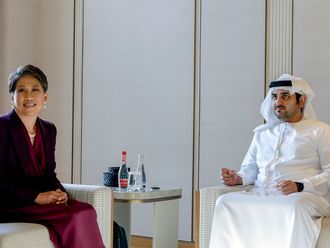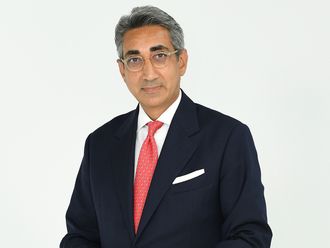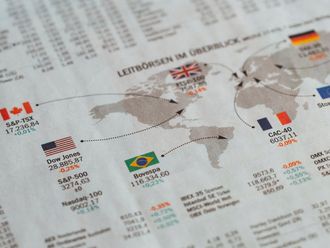Dubai: When oil prices started falling in 2014, several market observers predicted an issuance boom from 2015, arguing that governments in oil-exporting countries would tap the sukuk market to maintain their spending levels. However this didn’t happen.
Issuance of sukuk increased only marginally in 2016 compared with 2015, and was even much lower than that of conventional bonds in some core Islamic finance markets.
“We do not foresee a substantial increase in sukuk issuance in the GCC this year; rather, we think some member countries might take the Islamic finance route alongside a conventional one. Bahrain will most likely remain a prominent player after issuing $3.2 billion (Dh11.7 billion) of sukuk in 2016. Other GCC members will probably tap the market in 2017,” said Mohamed Damak, S&P Global Ratings’ Global Head of Islamic Finance.
While Malaysia and Indonesia are expected to play significant roles in issuance next year after issuing $28.4 billion and $7.3 billion of sukuk, respectively, in 2016, a few Asian and African countries are expected to tap the markets but with modest volumes.
Regulatory developments are expected to be a key game changer but only in the medium term. Basel III and its liquidity coverage ratio (LCR), bank resolution regimes, and banks’ need for additional loss-absorbing capacity (ALAC) will be significant subjects on regulators’ agenda in core Islamic finance markets over the next few years. “The lack of high-quality liquid assets (HQLA) remains a key impediment to the Islamic finance industry’s development and could be resolved by larger issuance volumes,” said Damak.
Profit-and-loss sharing principle
Of the $67.4 billion in sukuk issued globally in 2016, around $40 billion stemmed from governments and specialised institutions; the International Islamic Liquidity Management Corporation, for instance, issued $6.85 billion. For an industry with an estimated $2.1 trillion of total assets at year-end 2016, the amount of HQLA available is clearly insufficient.
Banks’ move to enhance additional loss-absorbing capacity could also help the industry apply its profit-and-loss sharing principle. Only a few loss-absorbing instruments were issued over the past three years. They were primarily in the form of mudaraba sukuk that regulators classified as additional Tier 1 instruments (mainly in the GCC), and subordinated sukuk that allow loss absorption at the point of non-viability (that is, on breach of the minimum capital adequacy regulation), mainly in Turkey.
The Islamic finance industry has come a long way in terms of Sharia governance, thanks to its standard-setting bodies.
In late 2016, the Islamic Finance Services Board published an exposure draft seeking market participants’ views on the current disclosures for sukuk and proposing measures to strengthen them. In our view, the Sharia governance framework for Islamic finance still needs improvement.
“For sukuk, we think that one possible direction for the market is a move toward ex-post audit from ex-ante approval, in an attempt to minimise risks related to noncompliance with Sharia, which could cause issuance volumes to tumble, as we saw in 2008. Strengthening Sharia governance could also help reduce issuance complexity and the time to market,” said Damak












